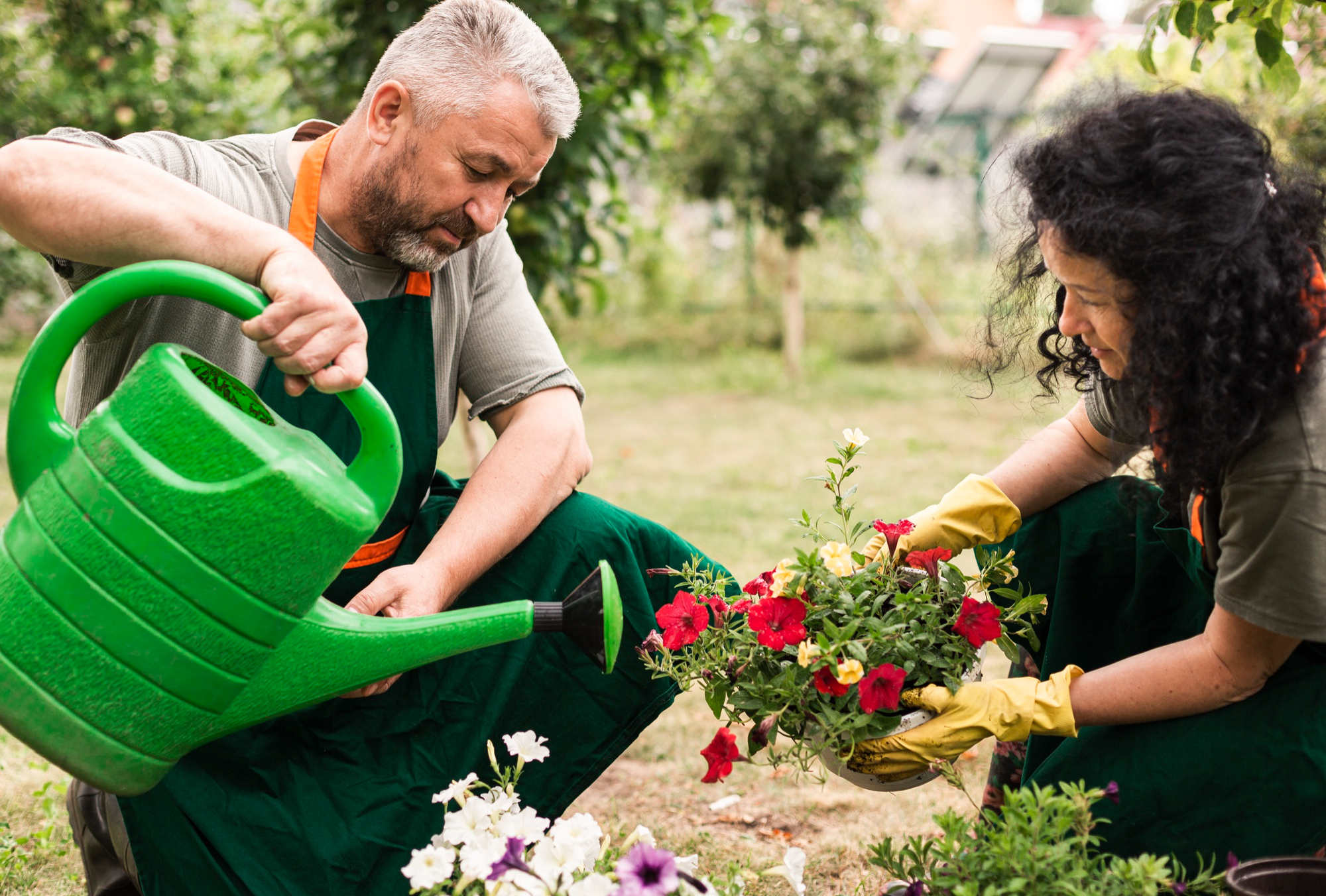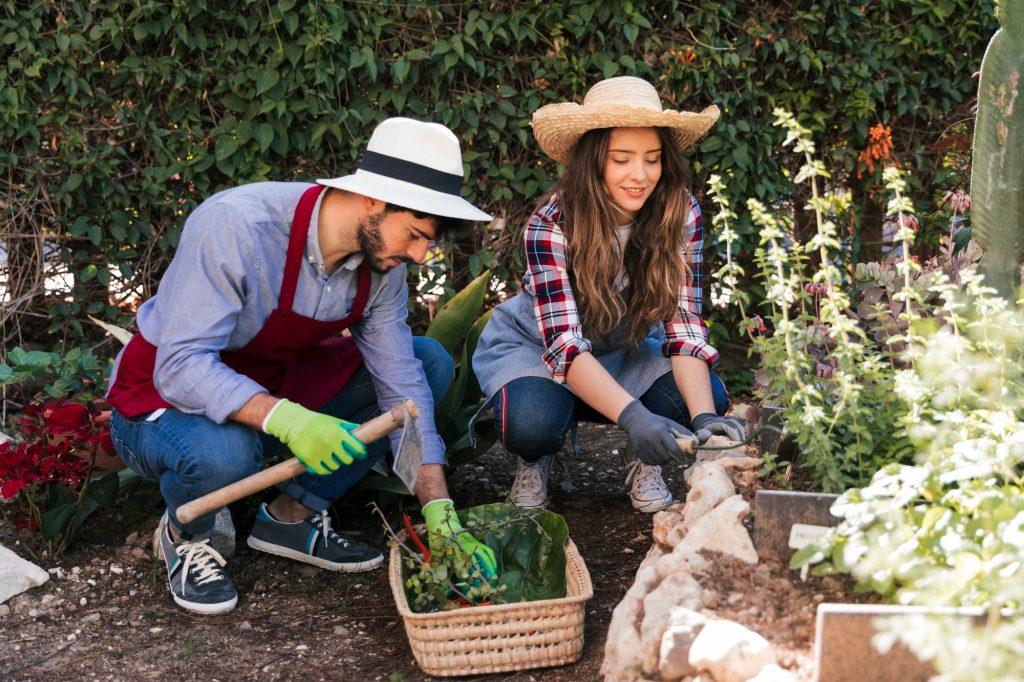Guide to create an eco-friendly garden at home

The term sustainability encompasses a wide range of concepts, including the need to follow a series of guidelines in order to take care of the environment in a conscious way. To do this, among other things, it is essential to turn your home into a sustainable house through recycling, reducing water consumption and creating a sustainable garden, among other ways.
Below we will show you how to create an ecological garden at home. We will give you a series of simple guidelines and some easy-to-follow tips.
What is a sustainable or ecological garden?
It should be noted that an ecological or sustainable garden is one that is able to adapt perfectly to the environment, that is, to the climate and other characteristics of the place where it is located. This allows the care and maintenance of the same to be as simple as possible, thus minimizing the amount of resources needed for these tasks.
It is also important to keep in mind that an eco-friendly garden must respect the environment in which it is located, so if there is already some kind of plant or tree in that place, it will have to be left where it is.
How to make an eco-friendly garden?
Creating an eco-friendly garden is a great idea if you are looking to decorate your house with plants and you want to do it in a conscious way. So, to begin with, it is important to analyze the place where you want to establish this oasis, studying the climate, the characteristics of the soil and other elements that will interfere directly in the care of the plants.
The next step is to select the plants that you are going to place in your indoor garden, always bearing in mind that it is basic that they must be cared for in a sustainable way, that is, minimizing the resources to be used.

Tips for creating a sustainable garden
Now that you know what are the key guidelines to make a sustainable garden, let’s give you some tips to create your own ecological garden at home.
Plant native and diverse plants
In order to minimize the resources to be used in the care and maintenance of the same and taking into account the climatic conditions of the place, as indicated above, a good idea is to place in the garden native and diverse plants. Following this simple advice we can achieve a perfect sustainable Mediterranean garden.
Some examples of native plants to create an eco-friendly garden in Spain can be heather and dandelions in Asturias, lavender in Castilla y León and Castilla-La Mancha, rosemary and thyme in Catalonia, daffodils and verbenas in Madrid, cork oak and broom in Andalusia or tajinaste and granadillo in the Canary Islands, among other examples.
Betting on solar energy
The use of available resources is key when creating an ecological garden at home. Therefore, solar energy is one of the main options to consider in terms of the lighting needed for the maintenance of plants.
In case we are in a place with little exposure to sunlight, or as an alternative means for when there is not so much sun, you can also opt for energy-saving lights.
Use water efficiently
One of the pillars of sustainability is the rational and conscious use of water. It is essential to take this into account when creating a garden with these characteristics.
If it is not possible to water the garden by hand (the easiest way to avoid wasting water) you can also install an efficient irrigation system.
Use natural treatments for plants
Another key aspect to take into account when creating an eco-friendly garden is to understand that the reduction of the use of chemical products is essential in order to reduce the environmental footprint. To do this, it is recommended to opt for fungicides, insecticides and other treatments of organic origin, which are usually made from natural ingredients.

Choose resistant and ecological furniture
The decoration of the sustainable garden is also a key piece. It is recommended to opt for furniture capable of resisting environmental inclemencies to avoid having to change it after a short time.
Similarly, it is advisable, to continue with the line of sustainable thinking, that these are made from environmentally friendly and conscious materials, thus avoiding increasing the environmental footprint.
Reuse resources
One of the objectives of an ecological garden is to reduce waste generation. To achieve this, there is nothing better than reusing some of the resources used or some of the resources obtained. For example, the reuse of the organic remains of pruning to compost or the recycling of those inorganic elements that cannot be reused are two ideas to consider.
And if you are looking for a new house, it should have a large outdoor space to create an eco-friendly garden, don’t you think?

